The Living Earth
The Living Earth integrates biology with Earth and space science. Throughout the course, students apply fundamental biological concepts to better understand how living systems and Earth’s systems are interrelated and interdependent.
Course topics include structure and function of living organisms, heredity, genetic variation, natural selection, evolution, the biosphere, types of ecosystems and biomes, the ecology of populations and communities, the effects of change on the biosphere and its parts, the relationship of humans with the environment, and explorations of challenges humans face and sustainable solutions for the future health of Earth and its inhabitants.
Students discover new concepts through guided instruction and confirm their understanding in an interactive, feedback-rich environment. Scientific inquiry skills are embedded in the direct instruction, wherein students learn to ask scientific questions, form and test hypotheses, and use logic and evidence to draw conclusions about the concepts.
A variety of activities encourage students to think scientifically. Lab and Project activities reinforce critical thinking, writing, and communication skills and help students develop a deeper understanding of the nature of science and engineering. Virtual Lab activities enable students to engage in investigations that require long periods of observation at remote locations and to explore simulations that allow scientists to test predictions. In Discussions, students compare their lab or project results and exchange ideas about their investigations. Journal, Checkup, and Practice activities provide additional opportunities for students to practice their writing and scientific reasoning skills and apply learned concepts.
This course is built to Next Generation Science Standards. Throughout the course, students are evaluated via a variety of assessments designed to prepare them for the content, form, and depth of state exams.

